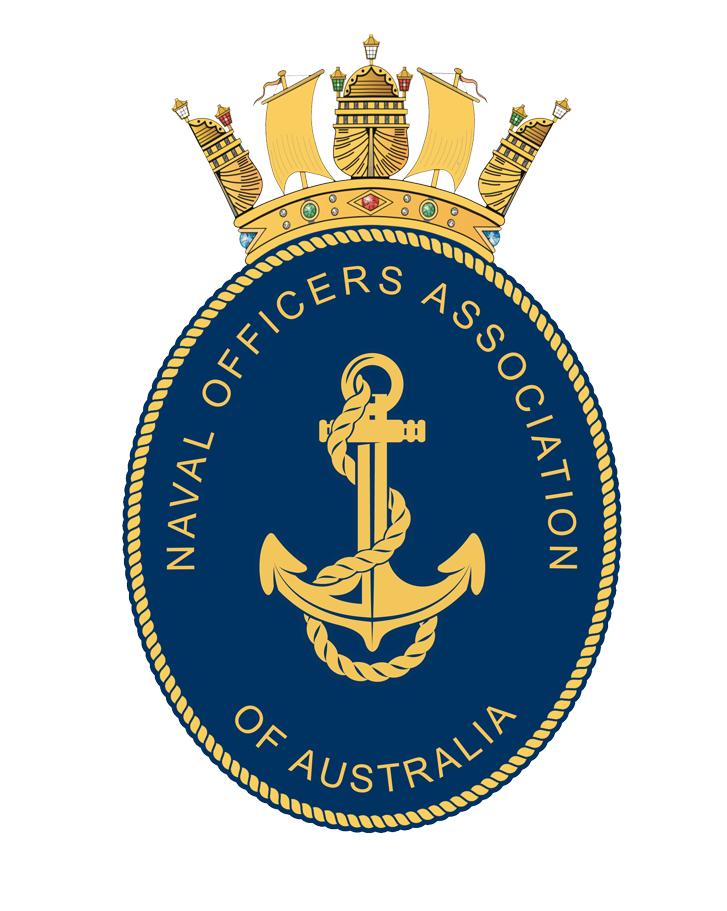HMS Lancaster sails for three years forward-deployed in the Gulf

HMS Lancaster has left Portsmouth Naval Base for a three-year deployment to the Gulf. Photo: HMS Lancaster/Twitter
HMS Lancaster sailed today Monday 15th August from Portsmouth and will not return home for three years, being forward-deployed in the Middle East and based in Bahrain.
HMS Montrose arrived in Bahrain in April 2019 after a six-month journey using the westward route through the Panama Canal, taking in visits to Asia-Pacific nations. Lancaster will eventually relieve Montrose but not before serving with Standing NATO Maritime Group 1 (SNMG1) in the waters of Northern Europe and then later joining SNMG2 in the Mediterranean.
Between serving with the maritime groups, Lancaster will participate in NATO exercise REP(MUS) 22 (Robotic Experimentation and Prototyping augmented by Maritime Unmanned Systems) and Dynamic Messenger 22 to be held off the coast of Portugal in September. More than 40 uncrewed systems are due to be tested at REP(MUS) – NATO’s largest autonomous experimentation forum. Dynamic Messenger (23-30 September) is an opportunity for NATO operational communities to work together with industry and academia. The aim of the two exercises is to test how new systems can operate safely and effectively with NATO assets, and how collectively allied nations can exploit the technology and harness the information autonomous systems gather.
Lancaster is also due to be the first RN vessel to operate a small uncrewed helicopter which will be employed for reconnaissance and intelligence gathering in the Gulf. The MoD recently issued an Urgent Capability Requirement for what it calls a Flexible Tactical Uncrewed Aerial System (FTUAS) and subsequently another UCR to integrate the data feed into the combat management system of Type 23 frigates.
It is unclear exactly when Lancaster will receive the aircraft, a requirement that could be met by the UMS Skeldar V-200, Schiebel Camcopter S-100, or the Leonardo AW Hero. This relatively simple technology that dramatically and cheaply extends the area a single ship can reconnoitre has been around for around a decade – the RN is absurdly late to the party.
By January 2021, HMS Montrose had spent 1,000 days in the Gulf region, covering 163,000nm, being involved in the escort of merchant shipping and multiple interceptions of vessels carrying illegal weapons and narcotics. Lancaster will continue the same dual-crewing model used by Montrose that sees the entire ship’s company rotate back to the UK and relieved by a new crew every four months.
Due to its predictability, this system has proved very popular with RN personnel. The Port and Starboard crew system has also allowed the frigate to maintain the highest operational tempo of any ship in the surface escort fleet. Montrose has, however, been run hard and will be decommissioned soon after she returns to the UK, taking RN frigate numbers down to 11.
By forward-deploying a frigate, it saves the ships making a month-long voyage to and from the Middle East, allowing more time on patrol, with maintenance carried out in the Gulf rather than in dockyards at home. Montrose, Lancaster and all who serve in them join thousands that have contributed to Operation Kipion (and its predecessor, the Armilla Patrol) – the RN’s permanent presence in the Gulf region that can be traced back to 1980. Source: Navy Lookout
